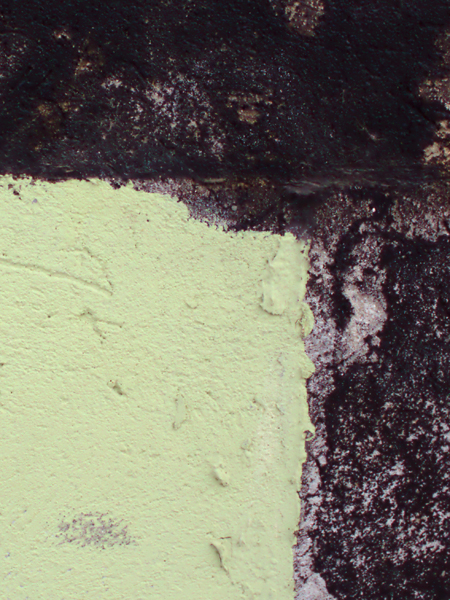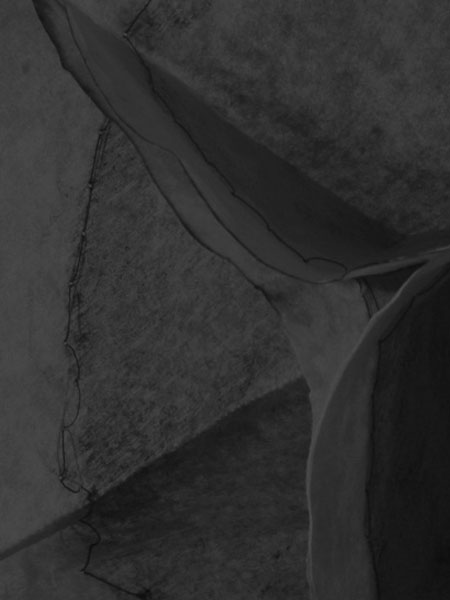For this 30th issue of the Bulletins, LA CHAMBRE BLANCHE initiates a major shift in the dissemination and archiving of its activities. In order to be opened to the multiple possibilities of digital, this issue and the following are now available on a web platform, fed by dozens of authors hailing from a wide horizon of practices, areas of thought and creation. LA CHAMBRE BLANCHE wishes to expand its readership and facilitate access to its contents through mobile terminals and virtual channels. This recent innovation is also an invitation to experiment and reflect on the wide spectrum of labourers who work in the culture of exchange.1 At the heart of the digital texts, there are now links to videos and sound art works available for listening: kinds of sensitive landmarks and places of sharing that allow us to better feel the density of objects and artworks that occupied the exhibition space of the centre, or that were conceived in it. With this new digital turning point, the Bulletins objectify this inner necessity to depict the world in the form of a sensitive inventory, to circumscribe it in every minute detail of the objects and familiar places that we cross, as if to steady our footing.
It is, moreover, this idea of the materiality of media that is referred to in Maxime McKinley’s text William Engalen : Verstrijken. Introduced by a sound work taken from a Verstrijken concert with Caroline Béchard, Annie Morrier and Suzanne Villeneuve, presented at LA CHAMBRE BLANCHE on Friday, November 11, 2005, his text highlights the multiple crossovers between visual arts, music and architecture in the Dutch artist’s approach. The rich network of heterogeneous references linked by the author reflects the artist’s conceptual and methodological nomadism. We also find this hybrid and nomadic form in Arzapalo’s project, presented from October 18 to December 18, 2005. In this regard, Jean-François Côté brings us to reflect on the network of architectural and political metaphors fed by the City’s and LA CHAMBRE BLANCHE spaces, in Arzapalo’s photographic work. Closely following this, a text by Marie-Lucie Crépeau describes a corresponding dialogue between the artist and the City, that lies at the heart of Brazilian Frederico Câmara, in residency in January and February 2006. Driven by the winter environment of Quebec, francophone city, Câmara took the opportunity of his stay to feed his reflections on the way which he himself as well as people make up and perceive their natural, cultural and social environment. In Zone audio temporaire, Hélène Matte highlights for her part the intangible nature of Daniel Joliffe and Kristen Roos’s audio installation. The author talks about these works composed of sounds gleaned in the City’s heart, in parks and close by bars, through interviews of the St-Roch’s dwellers, a neighbourhood roamed by artists. In LA CHAMBRE BLANCHE’s gallery, the sound installation allows us to think and live differently the experience of listening to the city.
It introduces us to new intangible territoriality which crosses through these locations that we frequent on a daily basis.
With their power of suggestion, the artefacts that make them up and their various ways of occupying the space, the projects discussed in this 30th Bulletin offer an unambiguous lack of sense. They revive this larger level of consciousness where spaces are experienced as indissoluble multiplicities expanses.
- Cauquelin, Anne. 2006, Fréquenter les Incorporels: contribution à une théorie de l’art contemporain. Paris : PUF, Coll. Lignes d’art. p. 90.

